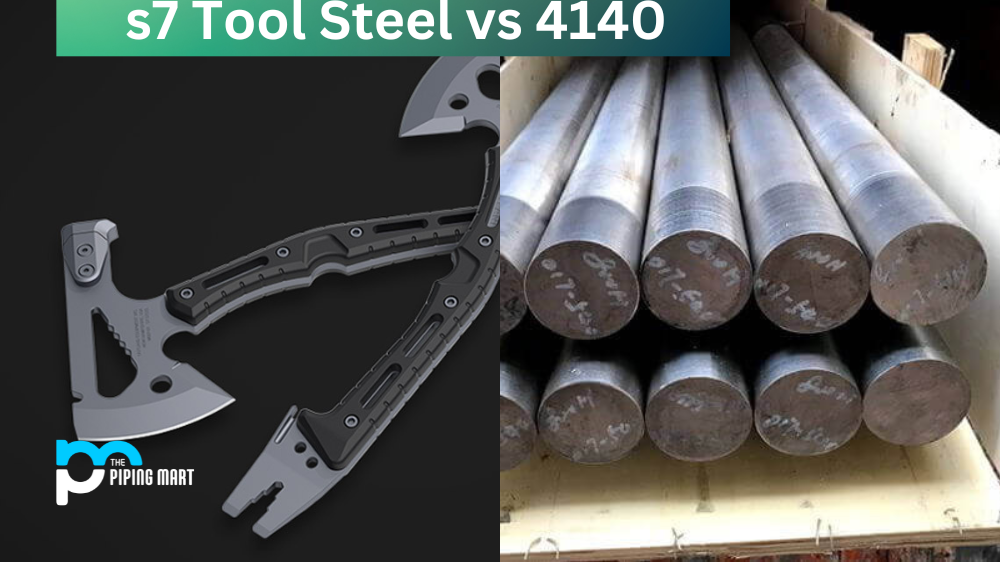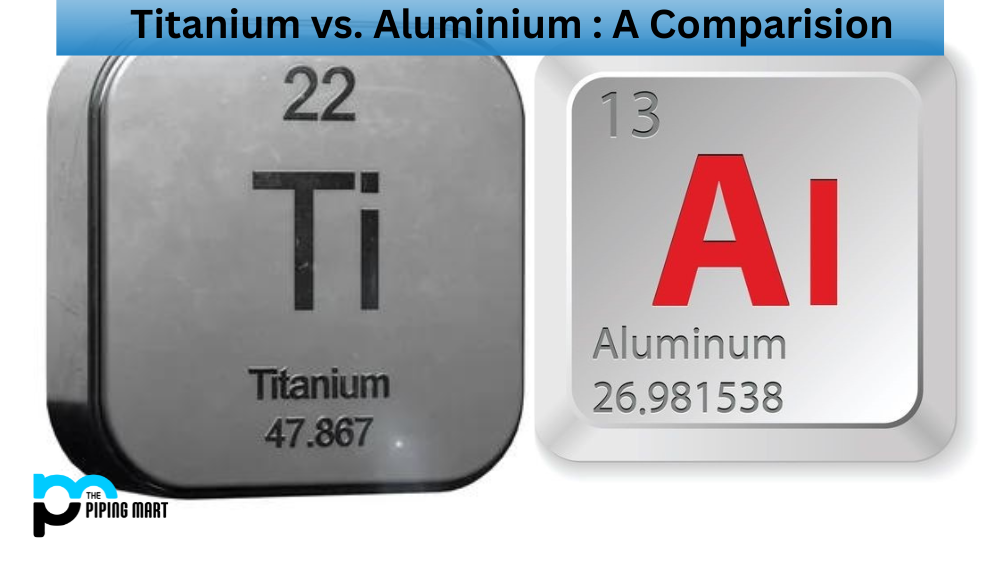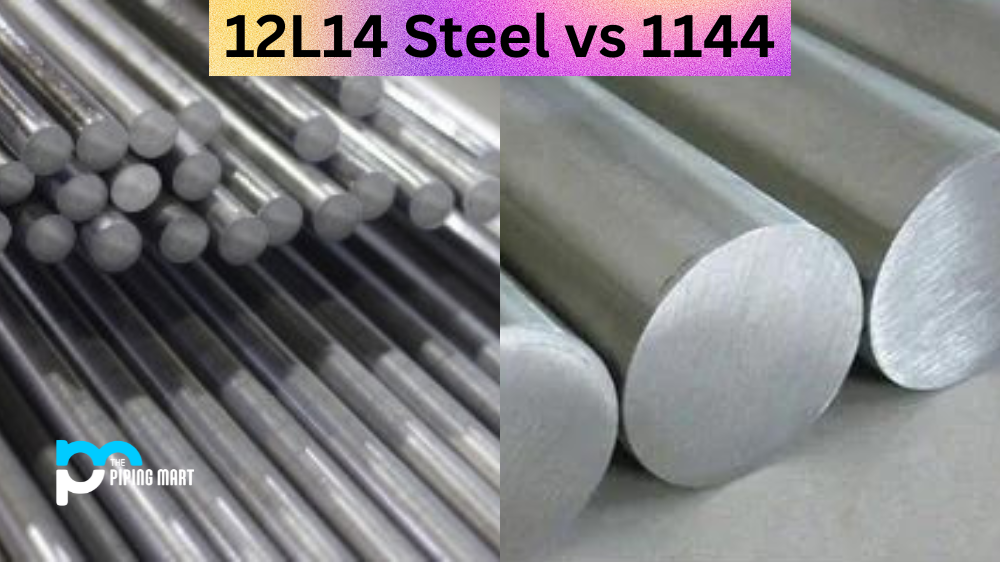If you are looking for tool steel for your next project, you may have come across two common options: s7 tool steel and 4140. But what is the difference between these two metals, and which one should you choose? Let’s take a closer look.
What is S7 Tool Steel?
S7 tool steel is often referred to as shock-resistant steel because it has been designed to resist impacts and shocks from heavy use. It is a high-carbon, air-hardening steel with excellent toughness and wear resistance. Due to its high carbon content, it can be heat treated to achieve maximum hardness levels of up to 55 HRC. It also has good machinability and polishing characteristics, making it ideal for applications such as punches, dies, chisels, shear blades, and other cutting tools that require a high level of shock resistance.
What is 4140?
4140 is a chromium-molybdenum alloy steel that has excellent strength and toughness properties. It also features good wear resistance thanks to its higher carbon content compared to other steels in this class. Its tensile strength ranges from 86 ksi (586 MPa) up to 125 ksi (862 MPa), depending on the heat treatment applied. This makes it well-suited for a variety of applications, including gears, shafts, axles, bolts, and studs. Additionally, like s7 tool steel, it can be heat treated for maximum hardness levels up to 55 HRC.
Difference Between s7 tool steel and 4140
- S7 tool steel is a type of shock-resistant air-hardening steel.
- 4140 is a chromium-molybdenum alloy steel.
- S7 tool steel is more resistant to shock and vibration than 4140.
- S7 tool steel has a higher carbon content than 4140, which gives it better hardening properties.
- S7 tool steel also has a higher chromium content than 4140, which gives it better corrosion resistance.
Conclusion:
Both s7 tool steel and 4140 are great options when you need a tough material that can withstand extreme temperatures or heavy impacts. The main differences between them are their composition (s7 has more carbon than 4140) and their mechanical properties (s7 is tougher while 4140 has better wear resistance). Ultimately the best choice will depend on the specific application you need the metal for; however, both metals offer excellent performance in terms of strength, toughness and wear resistance, so either one would be suitable for most projects. When in doubt, consult with an experienced metalworking professional at your local supplier who can advise you on which option would work best for your needs.

Pipingmart is a B2B portal that specializes in metal, industrial and piping items. Additionally, we share the latest information and information about materials, products and various types of grades to assist businesses that are involved in this business.




